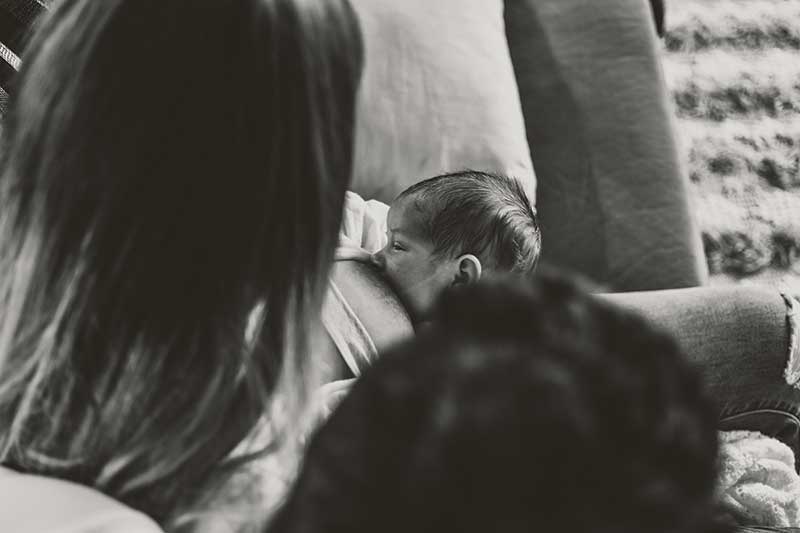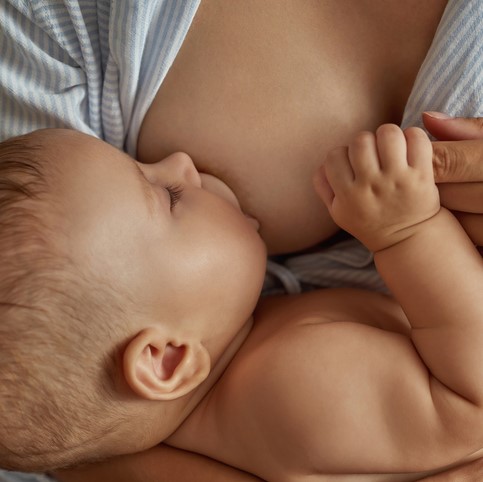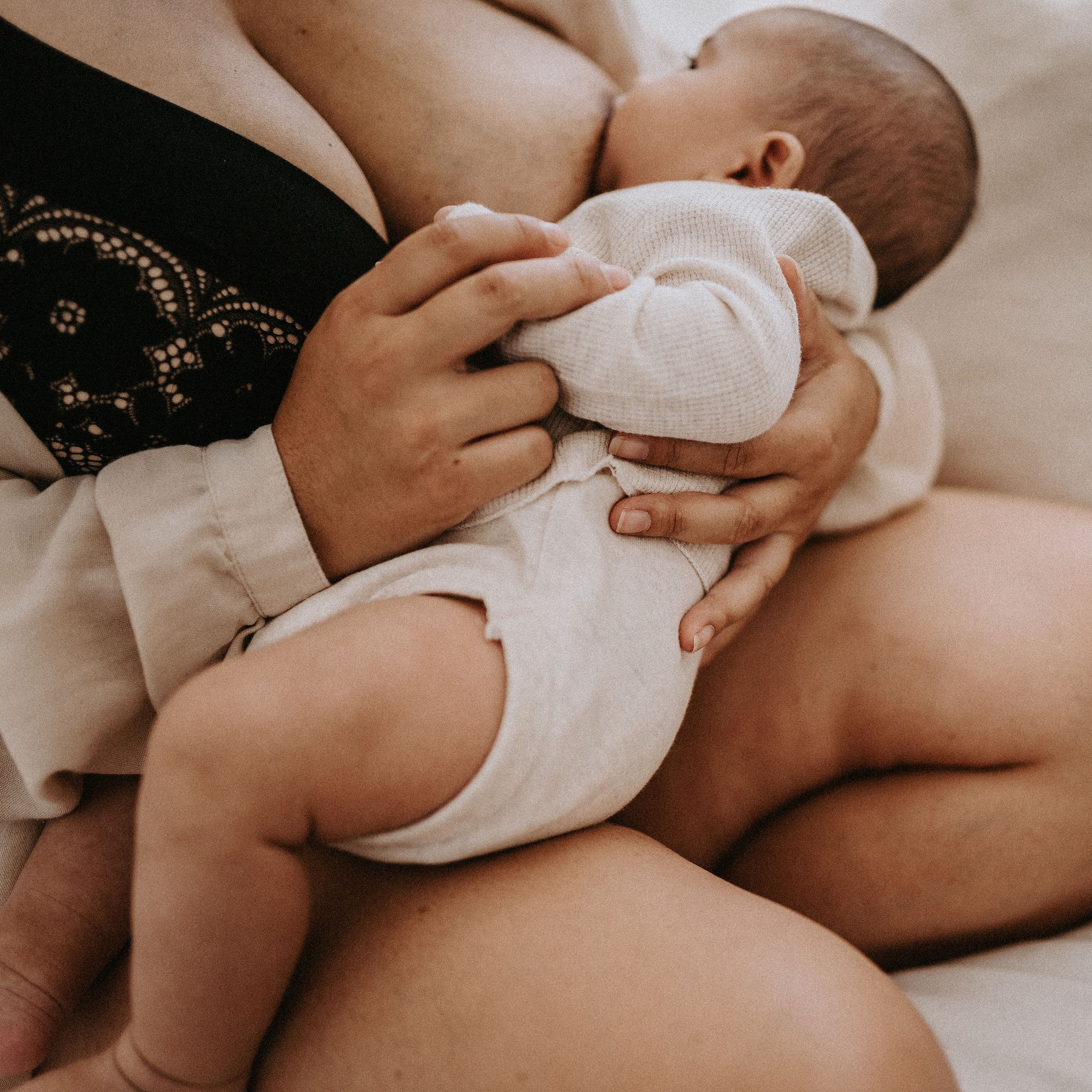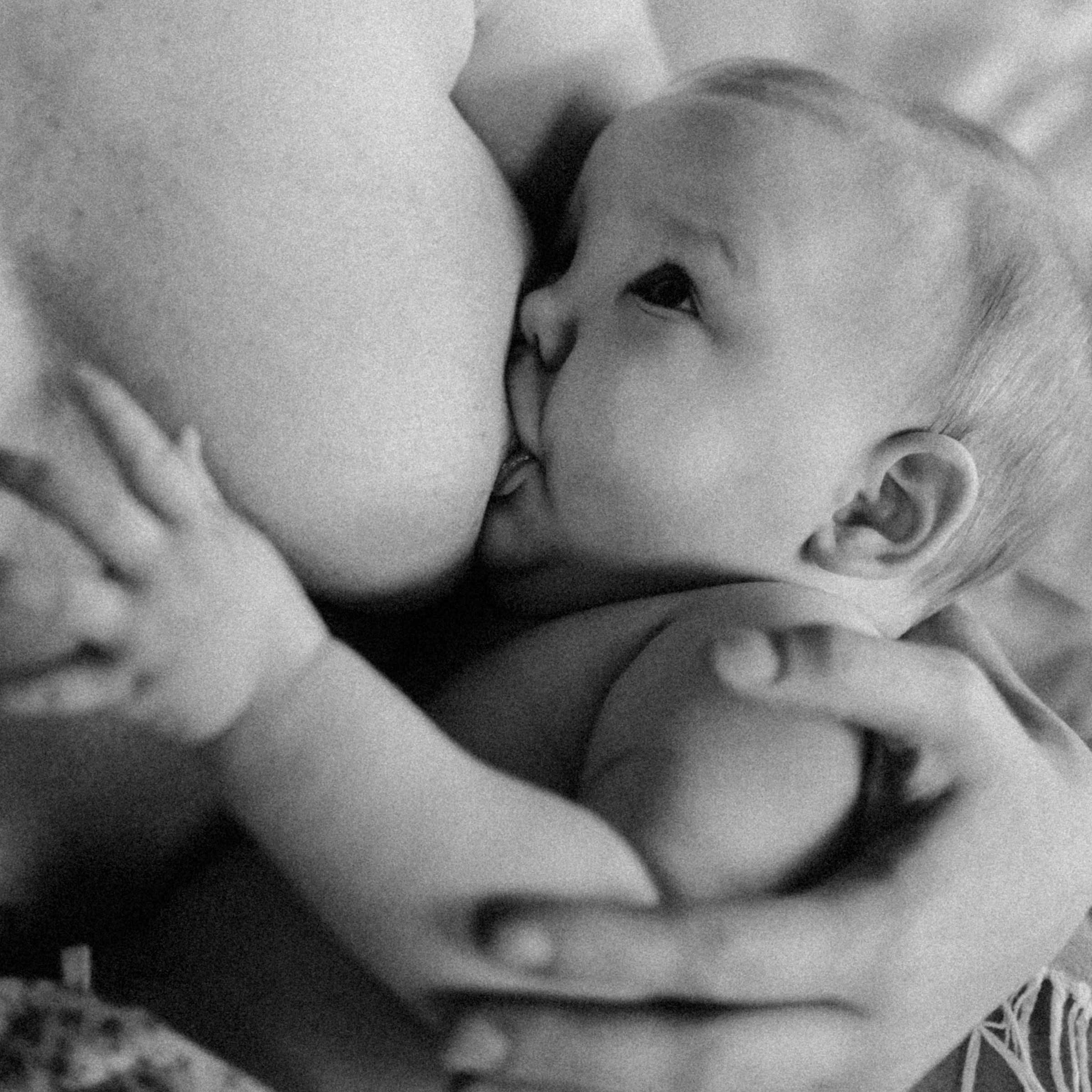Understanding How Breast Milk Production Works

PĒPI Lincoln
MĀMĀ Ashley Cherrington
PHOTOGRAPHY Ivy Matson @ivy_photographynz
From first days to established supply, here’s how milk production works after you’ve had a baby.
During the first few days of breastfeeding, your baby will be having the colostrum that your body started producing during pregnancy. Colostrum is often referred to as ‘liquid gold’, both for its thick, yellow appearance and its nutrient-dense composition. It is the perfect first food for your pēpi. Colostrum is full of white blood cells that are vital for protecting your baby from infection. It’s rich in antibodies that are essential for good gut health and it has lots of vitamins, minerals, and protein that your baby needs for sustenance.
You should begin to notice the amount of breast milk increases day by day as your baby feeds more. People talk about your milk ‘coming in’ which is in reference to the next stage of production where your breasts may feel engorged as they’re firmer and fuller. This is when the colostrum changes into transitional milk which is higher in fat and creamier in colour. This stage of lactation is driven by hormones; for most people, their milk comes in between day two and day five but this may be sooner or later for you. The process of milk coming in is usually a gradual one rather than a sudden increase in milk production.
Within 2-3 weeks, your breast milk matures into a milk that is watery and thirst-quenching at the beginning of each feed and thicker and creamier towards the end. After the initial ‘coming in’, breastfeeding is based primarily on supply and demand. By feeding your pēpi when they want to, you should have a good supply for them to develop and grow. See our article on How to Build a Good Supply for more information.



